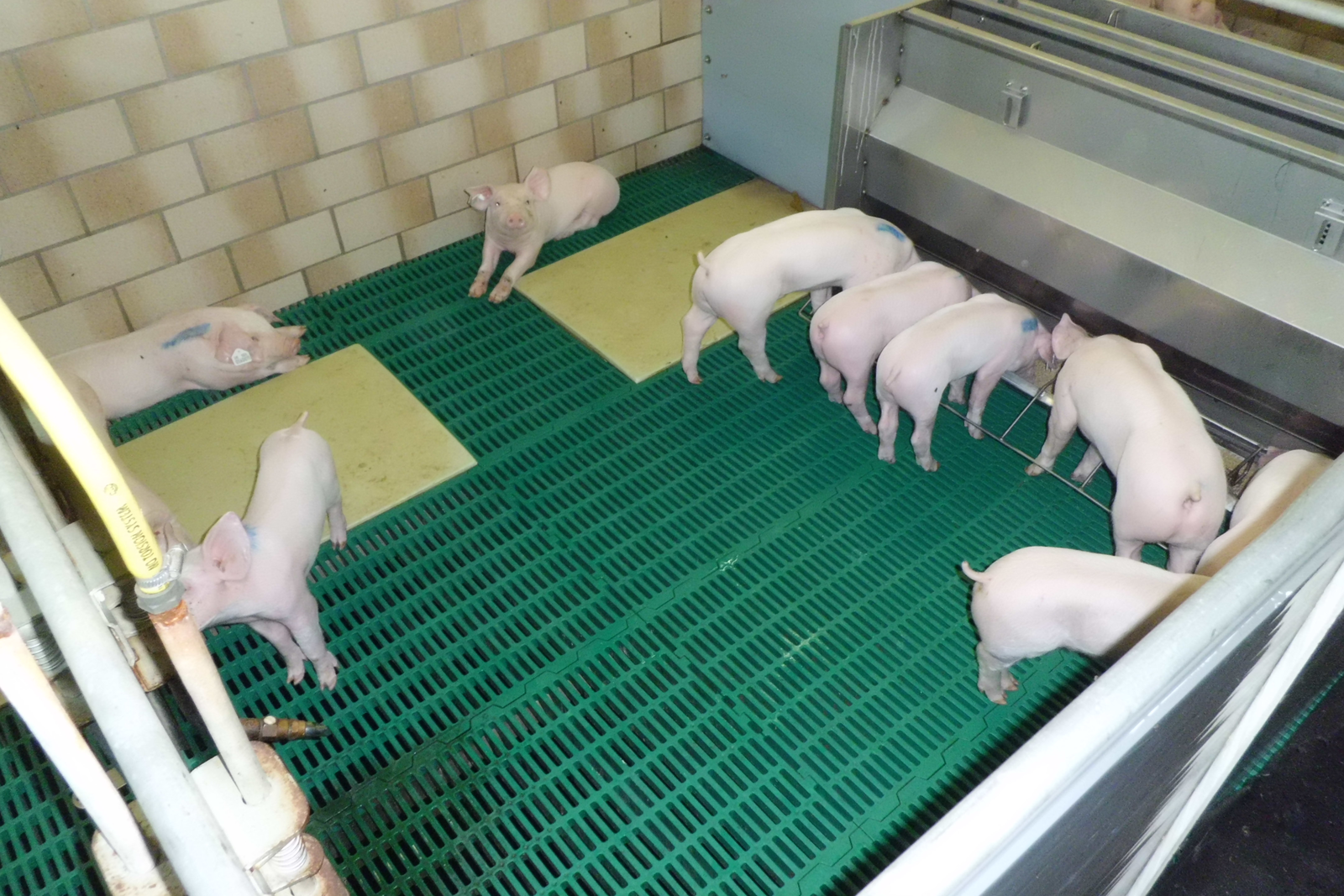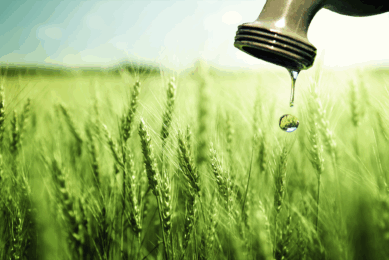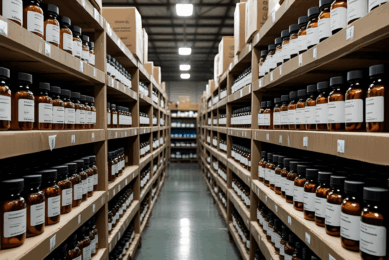Highly digestible protein sources for piglet feeding

In the post-weaning period, piglets go through a transition of diets from milk to other feedstuffs. As it can cause diarrhoea symptoms, feeding highly digestible components is key. A new feed product features increased feed intake, growth performance and economic advantage.
By Dr Manfred Weber, Zentrum für Tierhaltung und Technik Iden (LLFG Iden) and Dr Heinrich Kleine Klausing, Gesellschaft für Tierernährung, Wildeshausen, Germany
Directly post-weaning, piglets cannot survive on only protein from soybean meal sources, as their health condition is generally not stable. Literatures have shown advantages when using vegetable protein sources of plant origin and low levels of anti-nutritional factors. Examples are soy protein concentrates and animal-origin proteins such as blood plasma.
Plasma-fed piglets especially showed significant improvement of feed intake, weight gain and intestinal health. However, the European Commission bans the use of certain animal proteins including blood plasma in plants where ruminant feed is produced.
Today other digestive protein sources of animal origin are available. Hydrolysed proteins, derived from intestinal mucosa of swine, have suitable amino acids for piglets which also meet the regulations.
Gelamin (Gesellschaft für Tierern-ährung) has introduced MucoDigest by coating and mixing non-GMO soy* protein concentrate and enzymatically hydrolysed porcine intestinal mucosal tissue. This protein source contains 62% proteins and amino acids such as valine, leucine and isoleucine.
In this experiment the weight gain of piglets fed with the protein source were measured compared with those fed with soy protein concentrate or with blood plasma, all during the first 18 days after weaning. How it influenced the growth afterwards was also examined, when the three different groups received the same diet after day 18 until day 43.
* all soy used in this experiment is non-GMO.
Methodology
The experiment started with 300 crossbred piglets, five of which succumbed before the end. The piglets were divided into three feeding groups with about same gender distribution.
Control: 99 piglets (57 males, 42 female) Blood plasma: 99 piglets (56 male, 43 female) MucoDigest: 97 piglets (54 male, 43 female)
Piglet rearing feed I
Control group: Maize, barley, wheat, milk powder, soybeans, soybean meal, wheat bran, 5% soy protein concentrate, linseed expeller, dextrose, potato protein, vegetable fat and oil, minerals, vitamin and trace element mixture and benzoic acid. Blood plasma group: As control, 2.5% soy protein concentrate replaced by blood plasma. Alternative protein source group: As control, 5% soy protein concentrate replaced by soy protein concentrate and enzymatically hydrolysed porcine intestinal mucosal tissue.
Piglet rearing feed II
All groups were given the same rearing feed containing wheat, barley, soybean meal, maize, piglet feed (Gelamin Embro-Fer F), soy oil and formic acid.
Results
Figure 1 (see attached pdf) shows daily weight gain. In the first rearing feed phase (till day 19), the gain of blood plasma group was the highest at 310 g per day, compared to the control group (284 g) and the alternative protein source group (303 g). In the second phase (20-43 d), the alternative protein source group was the highest with 692 g per day, versus control group with 683 g and blood plasma group with 660 g.
Looking at the whole period of 43 days, there is merely a small difference of final weights among the groups. However, averaging throughout the feeding phases, the alternative protein source group gained 520 g per day, whereas control group gained 506 g and blood plasma group 505 g.
The alternative protein source as described in this article helps piglets in the critical post-weaning phase, increasing the feed intake and promoting growth. In the rearing feed II period, the feed intake continued to be higher (Table 1 – see attached pdf) with the same feed conversion (Table 2 – see attached pdf) compared to other groups. In contrast, the piglets which received 2.5% blood plasma had comparable performance and development as the control group after 42 days. MucoDigest also showed an economical advantage of €0.87 per piglet compared with the control group and €0.78 compared with the blood plasma group, based on price of MucoDigest (€205/100 kg) and assumptions of soy price (€110/100 kg) and piglet price (€1.50/kg).
Report for a trial at the Centre of Animal Husbandry and Technology of Iden (LLFG Iden) – June to Sept 2012.











